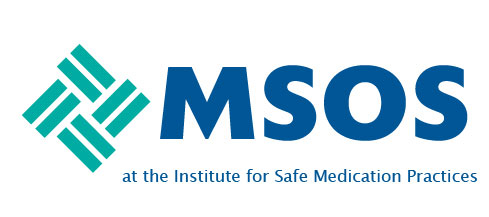Support for hospital doctors workplace well-being in England: the Care Under Pressure 3 realist evaluation
The vital role of medical workforce well-being for improving patient experience and population health while assuring safety and reducing costs is recognised internationally. Yet the persistence of poor well-being outcomes suggests that current support initiatives are suboptimal. The aim of this research study was to work with, and learn from, diverse hospital settings to understand how to optimise strategies to improve doctors’ well-being and reduce negative impacts on the workforce and patient care.
MethodsRealist evaluation consistent with the Realist And Meta-narrative Evidence Synthesis: Evolving Standards (RAMESES) II quality standards. Realist interviews (n=124) with doctors, well-being intervention implementers/practitioners and leaders in eight hospital settings (England) were analysed using realist logic.
ResultsThere were four key findings, underpinned by 21 context-mechanism-outcome configurations: (1) solutions needed to align with problems, to support doctor well-being and avoid harm to doctors; (2) doctors needed to be involved in creating solutions to their well-being problems; (3) doctors often did not know what support was available to help them with well-being problems and (4) there were physical and psychological barriers to accessing well-being support.
Discussion and conclusionDoctors are mandated to ‘first, do no harm’ to their patients, and the same consideration should be extended to doctors themselves. Since doctors can be harmed by poorly designed or implemented well-being interventions, new approaches need careful planning and evaluation. Our research identified many ineffective or harmful interventions that could be stopped. The findings are likely transferable to other settings and countries, given the realist approach leading to principles and causal explanations.
